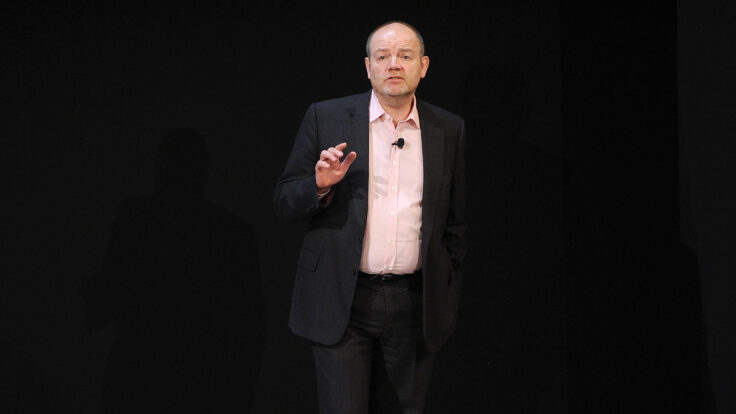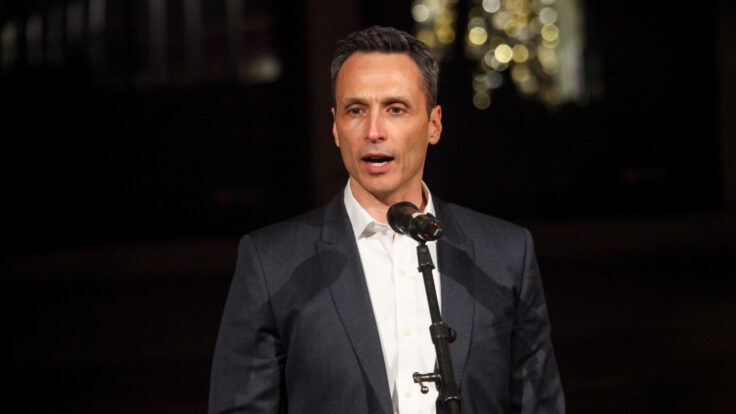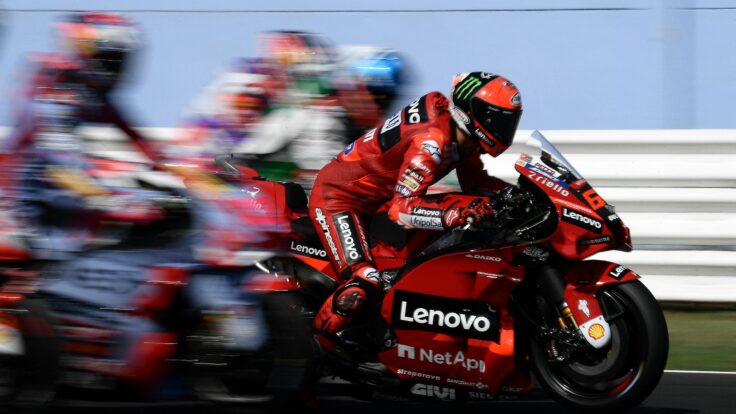| Putting aside all the numbing shock of Donald Trump’s unexpected Electoral College victory on November 8, 2016—the collapse of the seemingly impenetrable Blue Wall, the election needle whiplash, the billionaire’s own visibly surprised countenance, the Huma-to-Hope phone call, and the jarring reality that Jared Kushner would soon have his manicured cuticles on the levers of government—that day inadvertently reset a barometer in the media business. Many journalists awoke the next morning sorting through a complex set of emotions. They were scared and pissed, and many were embarrassed that they had dismissed the validity—and the viability—of Trump’s campaign. Many, it seemed, swore never to repeat the mistake.
They atoned, at least ostensibly, by throwing themselves into their work. Beginning on that stunning November night, a new subgenre was born: the mini Trump tell-all. With almost daily regularity, the Times, Politico, TheWashington Post, and an ambitious new startup called Axios, went into hyperdrive, publishing not just the news emanating from Mar-a-Lago, Trump’s own version of Wayne Manor, but also all its conjecture, dish, hypotheticals, and fears. In a previous world, a lot of this drama would have ended up on the cutting-room floor at these institutions. But the moment, and the principal, called for a new approach. With Trump, after all, the standard lines of communication rarely applied, and seemingly insane-sounding gossip often proved not only prescient, but also offered keen insights into the way the guy thought. Unprecedented became the defining loaded adjective of the era.
A whole new set of journalistic principles were established during the Trump years. Elements of a president’s life that were once deemed private or off limits, like the health of his marriage, were now considered fair game. Other lines of reporting that might have made the Timesmen of yesteryear squirm in their swivel chairs, like the interpersonal beefs of cabinet members, were now the basis for A1 stories.
The public’s voracious appetite also minted a new generation of stars, who dominated this genre: Jonathan Swan, Ashley Parker, and Josh Dawsey, among many others. It’s also hardly a surprise that two of the journalists whose work most defined the Trump era, Maggie Haberman and Michael Wolff, were New Yorkers who brought an institutional memory of the guy and a tabloid flair to the beat. Gabe Sherman, who covered Trump’s every move at The Hive, where I worked at the time, has now written the awards season darling, The Apprentice. As both an editor and a news consumer, I remember being mesmerized by the work that this cottage industry produced, which elevated cabinet secretaries and rogue characters in the president’s circle into veritable celebrities. For their time, Dina Powell, Rex Tillerson, Gary Cohn, Hope Hicks, and Javanka were Kardashian-level famous. I don’t know if this is laudable or not, but it was a real phenomenon.
For various reasons—changing tastes, burnout, Trump losing to Biden—this genre eventually faded away. And after the horrors of January 6, most sentient people assumed the now-former most powerful person in the world was going to be relegated to the backbenches of public life, tending to his fading business empire, fighting lawsuits, golf, and managing old age. Of course, we were treated to a different fate.
In recent months, my partner Tara Palmeri has almost single-handedly revived the genre of the sophisticated, nuanced, serialized Trump tell-all, right in time for this extraordinarily consequential election. A couple weeks ago, Tara published the brilliant Mar-a-Lago Murmurs: Loomergate, Don-and-Kim & Debate Dilemmas, which presciently chronicled the influence that a wacko right-wing provocateur had gained over the former president. In last week’s Inside Trump’s Brain: Nuzzi, Corey & Unbridled Confidence, she unearthed consequential details about the campaign’s certainty in its strategy despite unfavorable polls, and the demotion of Corey Lewandowski to surrogate land. (And, yes, she also scooped the perhaps unsurprising fact that Trump had become obsessed with the creepy Olivia Nuzzi-R.F.K. Jr saga.)
If you only have time to read one piece this weekend, I’d direct your attention to Tara’s latest volume of Mar-a-Lago murmurs: Vance ’28 Chatter, McCarthy Motives & Trump Money Troubles. As always, Tara’s reportage ranges from profoundly impactful political news (the campaign’s fear, despite its optimism, that the money well is running dry) to entertaining context about “the old man,” as one of Tara’s sources refers to Trump, himself. These days, Trump is again surrounded by people who want to join his administration, and he doesn’t seem all that bothered by the ulterior motives of this new generation of Garys and Dinas, Rexes and Jareds. Indeed, this is the story of our time—one we’ve read before and may indeed witness again—and precisely what you should expect from Puck.
Have a great weekend,
Jon |



















